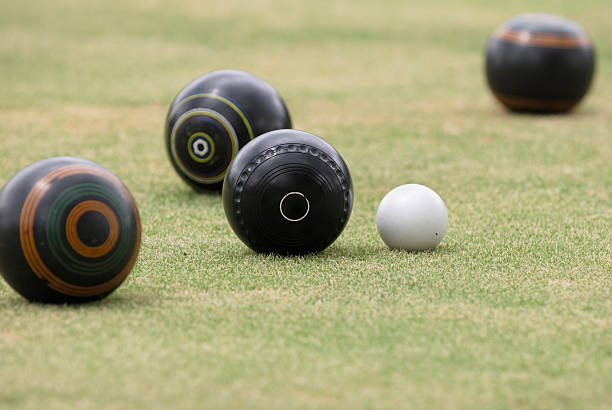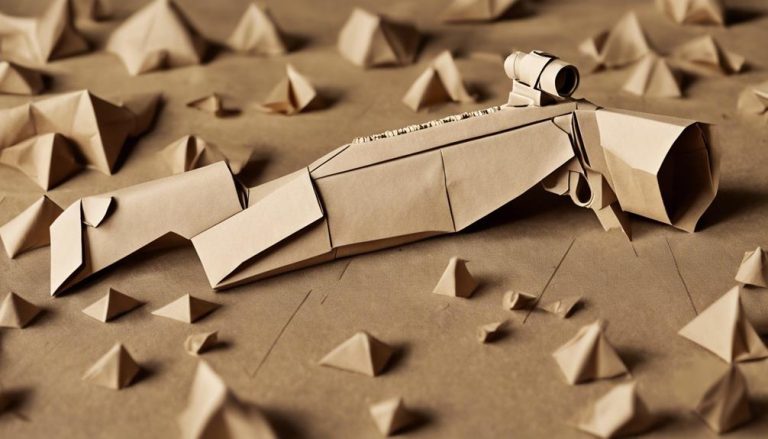General Rules of Javelin
Ever felt the thrill of watching javelin throwers at the Olympics and wondered about the precision and technique behind it? Well, get ready to plunge into the intricate world of javelin rules and regulations. From the equipment requirements to the proper grip and technique, there's a lot more to this sport than meets the eye. So, if you're curious about what it takes to master the art of javelin throwing and avoid disqualifications, let's unravel the essential guidelines together.
Equipment Requirements
When gearing up for javelin throwing, make sure you have the right equipment to maximize your performance. The javelin itself is a finely tuned instrument designed for speed and accuracy. One important aspect to think about is weight distribution. The javelin is carefully balanced to make sure that it flies smoothly through the air, allowing you to achieve the best possible distance. Proper weight distribution also helps you control the javelin during your throw, giving you greater accuracy and consistency.
Another key element to focus on is the release point. This is where the javelin leaves your hand and begins its journey through the air. The release point is vital because it determines the trajectory of the javelin. By mastering the release point, you can guarantee that the javelin travels in a straight line, maximizing your distance and accuracy. It's crucial to practice your release point consistently to develop muscle memory and improve your overall performance.
When selecting a javelin for competition, be sure to choose one that feels comfortable in your hand and suits your throwing style. The right equipment can make a significant difference in your performance, so take the time to find a javelin that meets your needs. Remember, proper weight distribution and mastering the release point are key components to excelling in javelin throwing.
Throwing Area Specifications
To guarantee a successful javelin throwing experience, familiarity with the specific dimensions and layout of the throwing area is essential. The throwing area is typically a long, narrow strip of land, often with a runway leading up to it. When you step onto this space, pay attention to your foot positioning. Your feet should be aligned parallel to the center line of the runway, ensuring stability and balance during your throw.
As you prepare to launch the javelin, consider the release point. This is where your body alignment and the angle of your throw converge. Your body should be in sync with the direction you want the javelin to travel, optimizing the throw's power and accuracy. Additionally, be mindful of the wind direction; it can have a significant impact on the flight of the javelin. Adjust your body alignment and release point accordingly to counteract or utilize the wind's force.
The throwing area specifications play a crucial role in your performance. By understanding and mastering the foot positioning, release point, wind direction, and body alignment, you can enhance your javelin throwing skills. This knowledge empowers you to adapt to different conditions and make the most of each throw. So, next time you step onto the throwing area, remember these key elements to elevate your javelin game.
Proper Grip and Technique
Stepping onto the throwing area with confidence, your next focus shifts to mastering the proper grip and technique for peak javelin performance. To excel in javelin throwing, your grip and technique play a critical role. Here's how you can make sure you're on the right track:
- Hand Positioning: The position of your hand on the javelin can greatly impact your throw. Make sure your grip is firm but not too tight, allowing for a smooth release.
- Body Alignment: Proper alignment of your body is key to a successful throw. Make certain your shoulders are square to the target, with your non-throwing arm pointing towards the direction you want the javelin to go.
- Release Timing: Timing is everything in javelin throwing. Practice releasing the javelin at the right moment, usually when your throwing shoulder is facing the target.
- Follow Through: A strong follow-through can add power and distance to your throw. After releasing the javelin, extend your throwing arm forward and keep your body moving in the direction of the throw.
- Consistency: Consistency is key to improvement. Practice your grip and technique regularly to build muscle memory and enhance your overall performance.
Run-up Rules
As you approach the starting line, preparing to release your javelin with precision, mastering the run-up rules becomes essential for achieving maximum throwing distance. The run-up is where your speed consistency and foot placement play a critical role in setting the stage for a powerful throw.
Maintaining a consistent speed during your run-up is key. It allows you to build momentum gradually, transferring that energy into the javelin as you release it. Your foot placement is equally important. Each step should be deliberate, making sure you are in the right position to shift smoothly into the throwing phase.
Another aspect to focus on is angle adjustment and power control. As you near the throwing area, you need to adjust your angle to align with your target. This adjustment ensures that your javelin trajectory is best for distance. Additionally, controlling the power behind your throw is crucial. Too much power can lead to overstepping the foul line, while too little can result in a shorter throw.
Fouls and Disqualifications
Exploring the strict rules of fouls and disqualifications in javelin requires a keen eye for detail and a precise understanding of the boundaries set for a fair competition. To help you navigate this important aspect of the sport effectively, here are some key points to ponder:
- Penalty Consequences: Fouls in javelin can lead to penalty consequences such as disqualification from the event or the deduction of points from your overall score.
- Preventing Violations: To avoid fouls and disqualifications, make sure to release the javelin before the foul line, maintain proper positioning within the throwing area, and follow all rules set by the officials.
- Stay Focused: It's important to stay focused throughout your throw to make sure you don't inadvertently commit a foul that could cost you the competition.
- Know the Rules: Familiarize yourself with the specific rules and regulations of javelin throwing to minimize the risk of unintentional violations.
- Respect the Sport: Respecting the sport means honoring its rules and regulations, which is essential for maintaining the integrity of the competition.
Safety Precautions
To guarantee the safety of both participants and spectators during javelin throwing events, it is important to adhere to strict safety precautions at all times. Safety should always be a top priority in any athletic endeavor, and javelin throwing is no exception. One important safety measure is ensuring that all athletes engage in a proper warm-up routine before participating in any throwing events. A thorough warm-up helps to prevent injuries by preparing the body for the physical exertion and strain that comes with throwing the javelin.
In addition to a proper warm-up, it is essential to have clear emergency procedures in place. While the hope is that emergencies never occur, it is crucial to be prepared for any situation that may arise. Coaches, officials, and medical personnel should be well-versed in the steps to take in case of an emergency during a javelin event. This includes knowing how to quickly and safely evacuate the area if necessary and how to provide immediate medical attention to anyone in need.
Frequently Asked Questions
How Can I Improve My Throwing Distance in Javelin?
To improve your throwing distance in javelin, focus on grip adjustment for control and accuracy. Work on footwork techniques to maximize power and momentum. Incorporate strength training to enhance your muscles and speed drills to increase your velocity.
What Are Some Common Mistakes to Avoid When Throwing Javelin?
When throwing javelin, avoid common mistakes like wrong grip adjustment and poor release timing. Watch out for incorrect foot positioning and mistimed follow through. Master these aspects, and you'll soar to new distances!
Are There Any Specific Warm-Up Exercises Recommended Before a Javelin Throw?
Before throwing javelin, start with a dynamic warm-up and stretching routine to prepare your body. Engage in mental preparation by visualizing the perfect throw. These exercises will help optimize your performance and reduce the risk of injury.
Can Javelin Throwing Be Practiced Indoors or Does It Require an Outdoor Setting?
You can practice javelin throwing indoors to improve your technique. It's like a caged tiger sharpening its claws before the hunt. Focus on form and precision, then release your skills outdoors for full power.
Are There Any Recommended Drills or Training Routines to Help Improve Javelin Throwing Technique?
To enhance your javelin technique, incorporate strength training exercises to build power and stability. Utilize video analysis to pinpoint areas for improvement and refine your throwing form. Consistent practice and feedback are key for progress.






